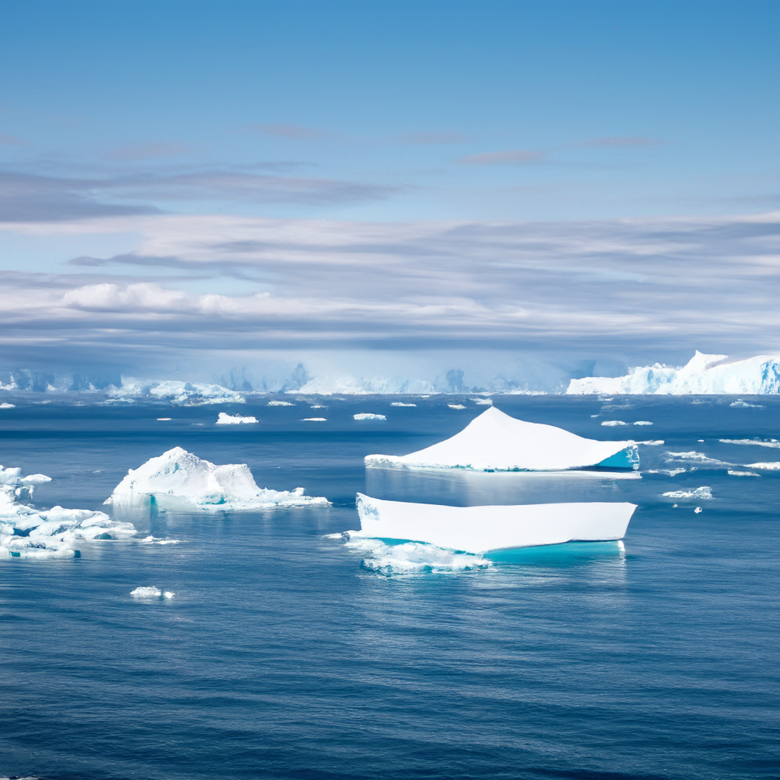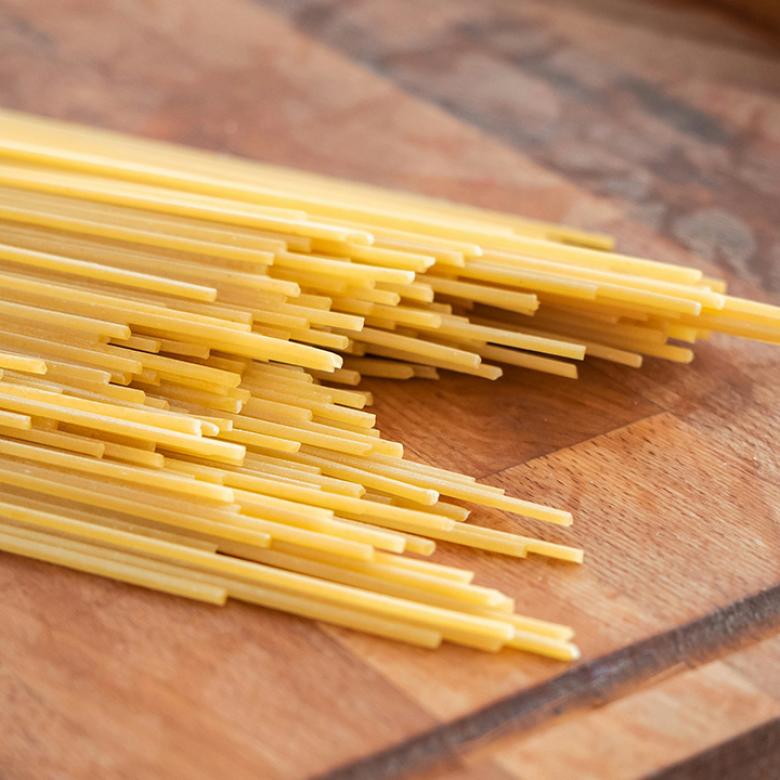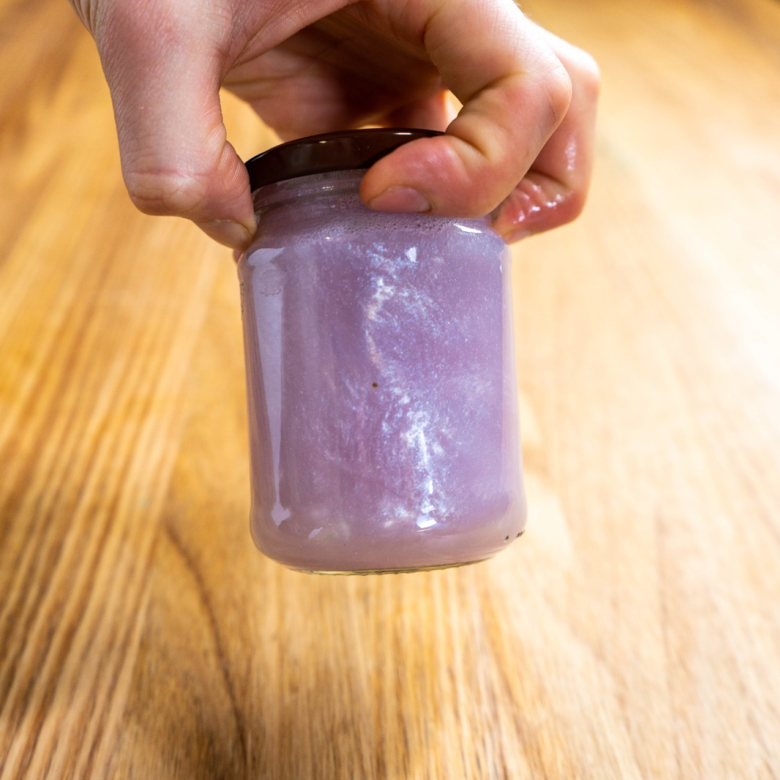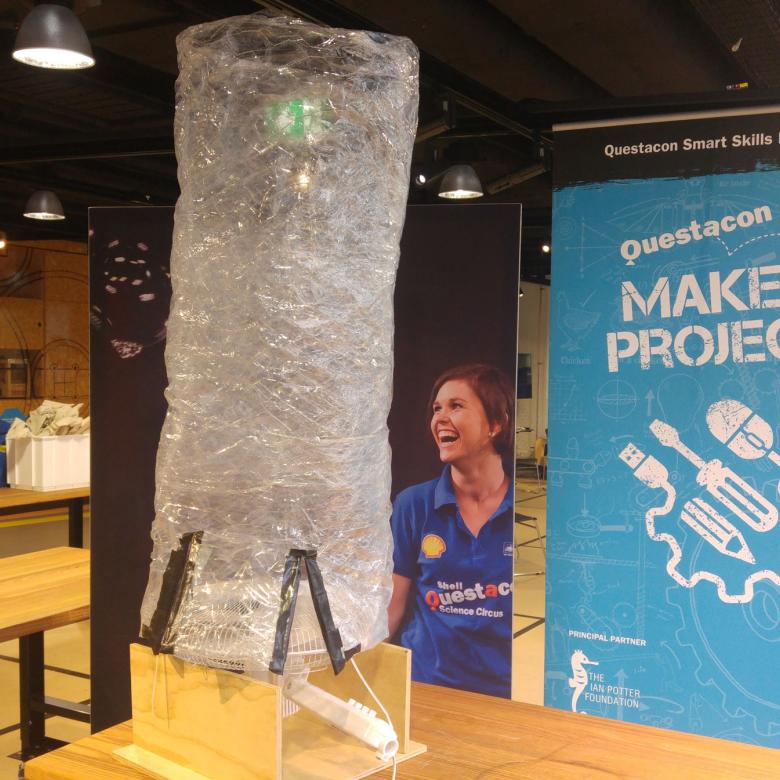You’ll need
- 2 small plastic containers of the same shape and size (such as takeaway containers)
- Access to a freezer
- 2 larger, clear containers of the same shape and size (at least twice as big as the small containers)
- Plasticine
- Water
- A whiteboard marker or similar
What to do
- Gather your materials on a flat surface.
- Fill the 2 small containers with water to 1 cm from the top. Put them in the freezer until the water is solid. (These will be iceblocks.)
- In one of the large containers, create a large mound of plasticine with a flat top (this will hold one of the iceblocks). This represents the Antarctic land mass.
- Pour water into the container, leaving just the top of the plasticine above the water.
- Fill the other large container with water to the same level as the first large container. This container represents the Arctic Sea (there is no land mass in the Arctic).
- Pop the iceblocks out of the small containers. Put one iceblock on the plasticine mound in the Antarctic container and the other one in the water of the Arctic container.
- Mark the water level on the side of each container and wait for the ice to melt.
- When the ice has melted, mark the new water level on the side of each container and compare the new water levels to the original levels.
Questions to ask
How much did the water level in the Antarctic container rise?
How much did the water level in the Arctic container rise?
Why do you think there was a difference?
What's happening
The water level in the Arctic container does not rise when the floating block of ice melts. When you add the iceblock, it floats, adding to the volume of the water already in the container. This pushes the water level up. (And this happens before you mark the water level in the experiment.)
In the Antarctic container, when you add the iceblock, it does not add to the volume of the water straight away because it sits above the water on the plasticine. When the ice melts, it runs into the water, making the water level rise.
Did you know
Global warming is causing ice to melt across the world, including in the Antarctic and Arctic regions. This is one reason why sea levels are rising. If the ice is on land, like in the Antarctic, melts and flows into the ocean, sea levels will rise. If the ice is already floating in the ocean, the sea level won’t change much when it melts.
In Antarctica and Greenland, large ice sheets are changing because of global warming. Arctic sea ice is changing. Sea ice has shrunk by 3% to 5% since the 1950s. These changes contribute to a global sea level rise of more than 3 mm each year.






